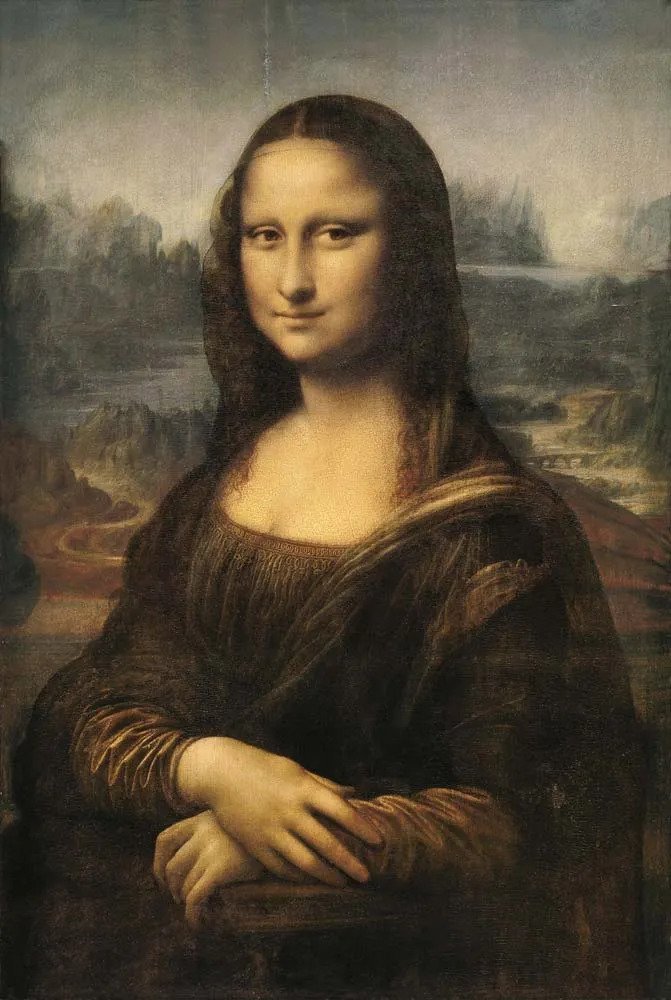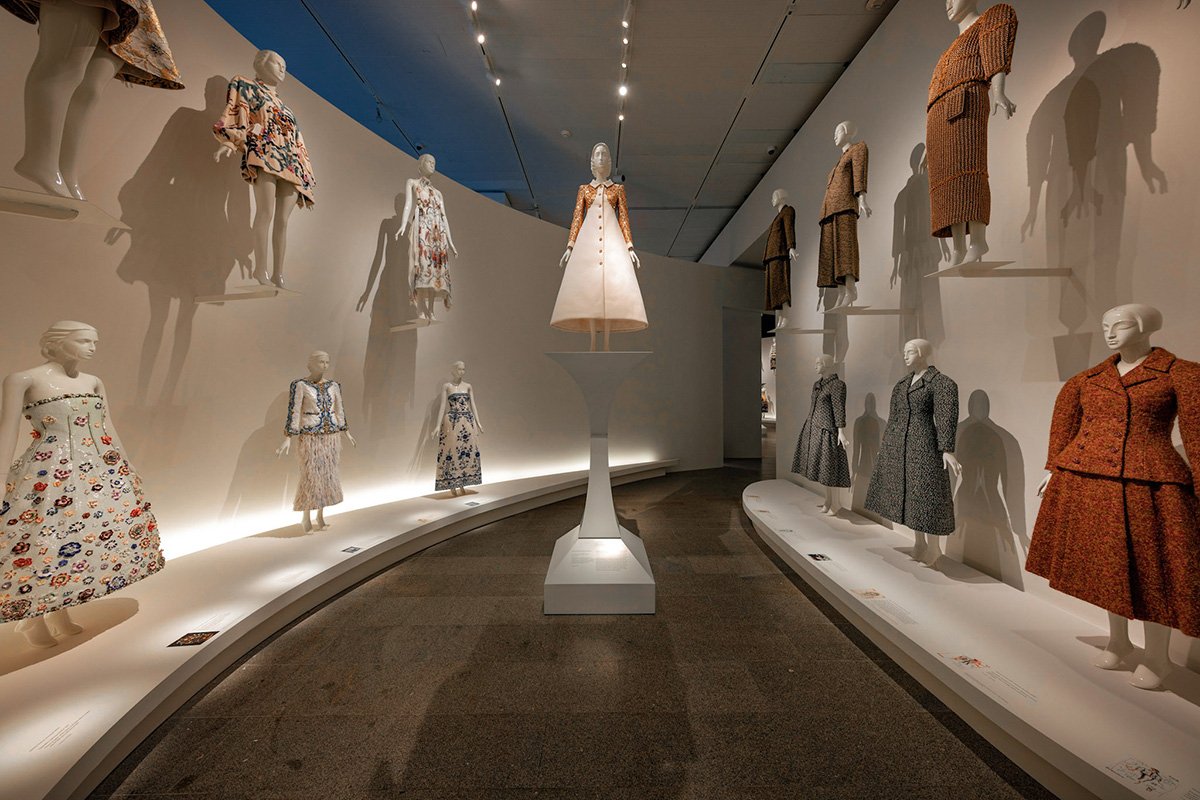Beauty standards and the debate on “beautiful – ugly”
Perceptions of beauty and ugliness are personal matters. But where do these evaluations come from, and is there a way to “cultivate” one’s aesthetic eye? We are living in an era where sharing images that showcase beauty and a tasteful lifestyle has become quite common. Content creators and audiences can interact in real-time with people worldwide. Someone can quickly be deemed to have a “good taste” in fashion, cuisine, and other luxurious things. However, along with praise, there is also condemnation when we consider their taste and aesthetic eye as lacking refinement or commonly termed as “lacking sophistication.”

In Vietnam, debates over beauty and ugliness are not scarce. Sơn Tùng M-TP wearing Gucci at a fashion show, Quang Đại’s paintings, or the recent change in Vinamilk’s brand identity—all these debates may not have a conclusion as they are subjective. However, it’s time to delve deeper into understanding the origins of our own evaluations. How can we enhance and develop the cultural foundation for assessing our personal sense of beauty?
What is aesthetic taste?
The term “aesthetics” is not new; in fact, it was added to the English language in the 1800s. According to Oxford Languages, aesthetic taste is defined as “concerned with beauty or the appreciation of beauty.” Oxford bibliographies further expands on this concept, stating that aesthetic appreciation is fundamentally a psychological process.

Writer and philosopher Alain de Botton has an intriguing and somewhat controversial theory. According to Botton, aesthetic taste is a specific style of things you choose around yourself. It’s an effort for you to create balance. For instance, someone with a chaotic life may be attracted to minimalist, serene interiors, while someone tired of the complexities and coldness of modern life may be drawn to a rustic, warm style.
How does aesthetic taste “come” to us?
Philosophers like Shaftesbury and Francis Hutcheson believed that aesthetic taste is an innate ability (or an inner sense) that everyone possesses, similar to the five physical senses. Aesthetic taste is considered a capability that humans have from birth. However, this doesn’t mean that one can always apply this “sense” to its maximum potential.
For example, the first time someone sees a certain painting, they may not fully see its beauty because they are not accustomed to that style. It’s similar to perfume makers refining their noses or artisans honing their hands. You also need time to cultivate your aesthetic taste.

Meanwhile, there’s also a perspective that aesthetic sensibility is based on real experiences. Familiarity plays a strong role in shaping our aesthetic taste. According to the mere exposure effect, we tend to like what we are familiar with. For instance, the music we hear in public places (cafes, shopping centers, etc.) leaves an imprint on our preferences. If you are accustomed to high-end fashion and luxurious materials, you may use these past experiences to evaluate and appreciate a new outfit.
What criteria are used to evaluate aesthetic taste? Personal taste indeed is an individual matter, yet it’s not entirely exclusive. Have you ever chosen a fashion design simply because the majority deemed it beautiful? Have you arranged your living space or organized belongings in a particular style, excluding others? Clearly, in every decision, we make aesthetic judgments—beauty or ugliness is embedded within. We all aspire to have a sense of “style,” but the criteria for evaluating taste remain elusive.
In a Psychology Today article, Dr. Shahram Heshmat explores factors used to assess aesthetic qualities when choosing music and art. These factors can extend to other areas such as fashion, beauty, and even brand perception. Here are some noteworthy criteria:
Perceptual Fluency: Beauty is often subjective, but there’s a tendency to prefer “beautiful” things that are easy to process. According to the perceptual fluency hypothesis, people tend to respond more positively to objects that are easier to process. This is reflected in the use of calming colors like sky blue, which are more appealing than overly complex color palettes. Similarly, soothing sounds, such as relaxing music, often combine natural sounds and simple piano notes.
Expression of Personal Style and Perspective: Aesthetic products reveal the deepest emotions and perspectives of the artist, whether beautiful or dark. For example, music should be heard as a means of expressing emotions and the projection of mood. Moreover, it should reflect the personal style of the individual. The success of an artist or creator often hinges on a recognizable and distinctive style.
Technical Proficiency: Mastery of technical aspects is a prerequisite for creating emotionally charged works. Technical skill is inseparable from art, as seen in the years Leonardo da Vinci dedicated to perfecting techniques like sfumato (blurring) and creating motion in 2D images on various surfaces. Similarly, the design of Vinamilk’s new logo required a deep understanding of typography, display technology, and printing technology to manipulate even a few pixels and transform the entire visual rhythm and feel of the text.

Emotional Impact: Does a piece of art, music, or fashion design evoke emotions in you? Transmitting emotions from the artist to the audience is a crucial aspect. People gravitate toward artworks that stir emotions within them. Once the heart is captivated, other elements tend to follow suit, contributing to the overall aesthetic evaluation.
Reputation: Perception of aesthetic qualities can be influenced by the reputation of artists or creators. This means that we sometimes overlook the essence of a work, focusing too much on the individuals behind it. A famous example, highlighted by The Washington Post with Joshua Bell, a renowned violinist, playing in a subway station, illustrated this paradox. Despite his extraordinary talent and a Stradivarius violin worth $3.5 million, during the rush hour performance, more than a thousand people walked by without stopping or applauding.

In the intricate world of aesthetic judgment, these criteria shed light on the multifaceted nature of personal taste and the intriguing interplay of elements that contribute to our perception of beauty.
What makes for poor aesthetic taste?
Various perspectives exist when evaluating subpar aesthetic taste. For instance, Alain de Botton suggests that poor aesthetic taste involves excess in any form. According to him, those who embrace extravagance do so as a coping mechanism for some past trauma. However, he doesn’t view poor taste as something to be “fixed” because it’s a symptom, not the problem. The problem lies in the trauma created by a broken and imbalanced world. In his view, a more just society would naturally eliminate this tendency to “overdo.”
In France, social theorists argue that there’s no objective standard for good or bad taste. Taste, they say, is determined by the ruling class in society. Those who seek to distance themselves from less powerful classes establish their preferences as superior.
In the fashion industry, once a trend is adopted by the lower class, it’s often abandoned by the upper class, explaining the continuous change in what constitutes “good taste.” According to this perspective, what falls under poor aesthetic taste isn’t inherently bad objectively but is merely disliked by those who don’t set the rules.
How do we upgrade our aesthetic taste?
Dr. Shahram Heshmat suggests that our daily habits (cleaning, activities, social interactions, eating habits, etc.) are often undervalued because they are familiar and repetitive. However, he emphasizes that they play a crucial role in elevating an individual’s aesthetic taste. Engaging in repetitive actions allows us to refine our aesthetic perceptions of everyday objects and activities.
For example, learning to look at things from different sensory perspectives and practicing appreciation can be cultivated. Changing a bedside lamp to emit soft, warm light or introducing a new scent for pillows are small changes that can make a big difference. In dining, placing emphasis on the presentation of dishes, choice of utensils, and incorporating music during meals can enhance the overall experience.
Dr. Shahram specifically mentions the importance of improving personal aesthetic taste by paying attention to our daily behaviors. It’s not just what we say but how we convey it. Elements like tone of voice, volume, and gestures are all familiar yet foundational aspects that contribute to refining our aesthetic taste.

Moreover, aesthetic taste serves as both a mirror and a window. It reflects aspects of ourselves and unveils facets of others. By intentionally expanding our interests, we broaden our knowledge of others’ aesthetics, fostering mutual understanding. In doing so, we find empathy before passing judgment or dismissively moving on.
In conclusion, aesthetic taste also functions as a mirror and a window. It reflects aspects of ourselves and unveils facets of others. Someone not formally educated in art history but visiting museums and spending time looking at paintings gains the necessary experience to make certain judgments about art.
By deliberately expanding our interests, we enrich our knowledge of others’ aesthetics, and they, in turn, understand us better. Through this, we discover empathy, stopping to listen to one of the world’s greatest living artists playing the most beautifully written melodies—if we can’t do that in life, overwhelmed by modern life, what else are we missing?


